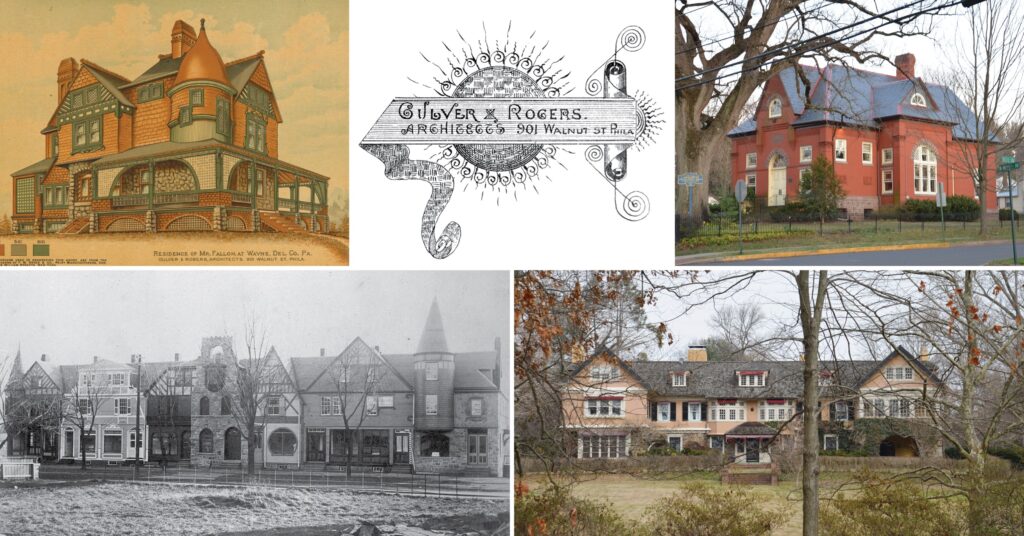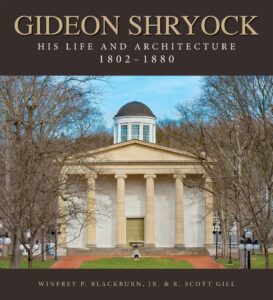
by Anne E. Krulikowski, PhD
Tuesday, November 4 at 7:00 p.m. on Zoom
Free and open to all.
Please email info@philachaptersah.org to receive the Zoom link.
Join us as Anne Krulikowski explores the craze for green building stone that spanned America’s Gilded Age, when the Brinton quarry south of West Chester became the most famous and longest operated serpentine quarry of the era.
After a brief look at the folklore and history of serpentine around the world, we will focus on Quaker Joseph Brinton’s determination to build a successful business despite numerous obstacles. Hundreds of dwellings, churches, schools, and institutions were faced with Brinton’s serpentine. The green stone became such a recognizable feature in the urban landscape of many cities that green stone buildings featured in short stories, novels, and travel accounts as markers of prosperity and wealth.
Anne is a professor of American/Public History at West Chester University. She is a specialist in material culture, beginning with a graduate school research project in the late 1990s through her recent article in the Victorian Society’s publication, 19th Century, Krulikowski has been tracing the story of Brinton’s stone through 18 states and Washington, D.C. A previous article focused on the use of Brinton’s stone in Chicago.


